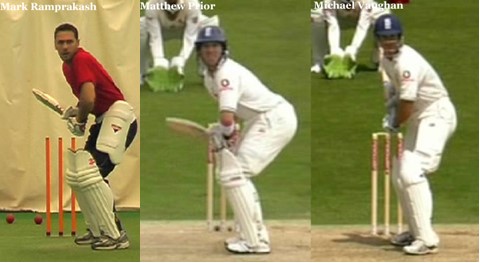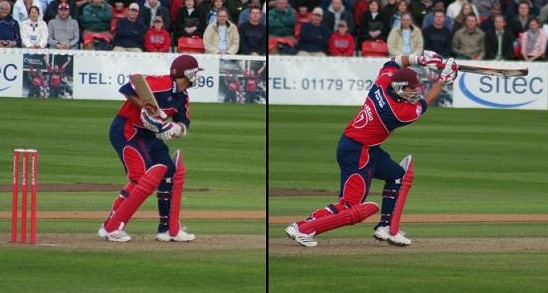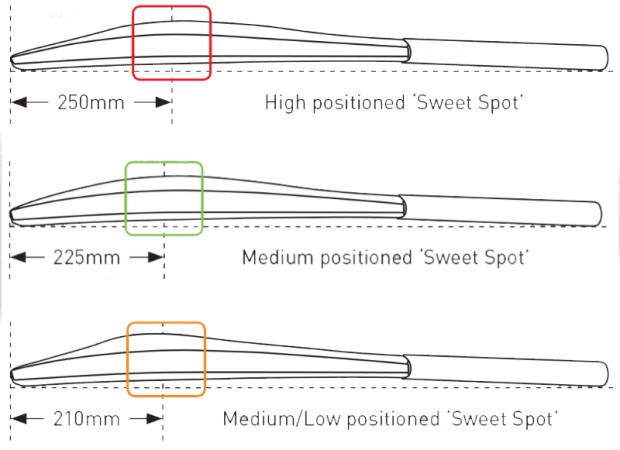
The Science of Power Hitting in Cricket
Every cricketer, be it a kid playing in the narrow streets of Mumbai to an international cricketer playing in the IPL, loves hitting boundaries. The idea of “Speed” and “Power” brings a new excitement to the game, and has penetrated into all aspects of cricket – starting from the evolution of the format (Test -> ODI -> T20) to bowling speeds of over 140 km/hr to recording 100+ strike rate from the batsman. Today, power hitting (a.k.a range hitting) has become an integral part of the team’s game strategy. Many coaching academies, across the world, also conduct separate modules on power hitting techniques for their students.
Trivia: When the first sixer in international cricket was hit by an Australian batsman Joe Darling in 1898, he had to clear the ground as hitting just over the boundary was considered as five runs then [1]. From occasional six hitting, the game has now progressed to having it as an essential factor of the game. In the recently concluded IPL, the tournament recorded an average of 14 sixers per game [2].
Power hitting skill is not just about smacking the ball as hard as you can; it is about mastering the physics in using the kinetic energy of the bat to exert the right force in reversing the direction of the incoming ball and lofting it over the boundary line. While having the right physical fitness, bat weight, batting grip, hand-eye coordination, head, body, & leg movements, etc. are key elements in the classical cricket coaching books, let us look at dissecting the parameters that come into action while playing a power shot.

Back Lift:
Typically, a higher back lift allows a batter to have a longer downswing angle and can be used to generate more power on the shot. The bat face angle during the back lift also helps the batter to position for leg, straight, or off-side shot making. Using wrist movements along with arm direction will help in creating additional back lift for the batter. The down-swing or the bat speed need to be optimized to time the ball in the right direction. Knowing the right amount of back lift and the angle for different shot making will allow the batter to fine tune the batting skills.

Bat Speed:
Bat speed is often the most discussed factor in playing a power shot, except for shots played to deflect the ball behind the stumps. The faster the bat hits the ball, higher the probability in clearing the boundary as the force applied to the ball will increase with speed. For power hitting, the force applied on the ball should be able to stop the ball at the time of impact and then direct it to travel at speeds greater than the ball speed at the time of impact. Full or checked follow through also helps in adjusting the acceleration required for the shot. Bat speed alone will not help in power hitting, but plays an important factor along with other elements like incoming ball speed, the timing-impact of the ball on the bat, angle of contact with the bat, etc. Being aware of the speed of the bat will help in adjusting the technique to different bowling types and pitch conditions.

Bat Twist:
Bat twist determines the deviation of the actual shot from the intended direction. Bat twist during the ball impact is caused by a combination of factors, including the bat grip, ball speed, arc and trajectory of the ball, bat swing arc, impact location of the ball, etc. The lesser the twist that happens on the bat during impact, the better is the outcome of the shot. Understanding the angle of twist (+ve or -ve) will help in determining the type & intensity of the batting grip to adjust for different bowling conditions.

Impact location:
Timing the ball (aka middling the ball) is the most important aspect in any shot making. It is often the key factor between hitting the ball for a six or getting out. When a ball hits the bat, the impact occurs for a tiny fraction of a second and the vibration travels through the length of the bat. The vibration observed during an impact on the sweet spot is the least/zero across all the 3 dimensions of the bat, and hence it allows for maximum energy transfer back to the ball. The quality of the shot will greatly vary on how well the batter can time the swing of his bat and get the ball to impact closer to the sweet spot region of the bat.

PowerBat Technology:
Spektacom’s PowerBat technology allows a player to leverage the science of power hitting by helping them to analyze the parameters like bat speed, the quality of the shot, the twist that happens during the impact, etc. It is an ultra-light weight cricket bat sensor sticker, placed on the back side of the bat, and uses machine learning algorithms to decode the shot parameters to provide real-time insights to the users. Players can also compare and contrast performance parameters to continuously evolve their art of power hitting.
References:
1) https://english.newsnationtv.com/sports/cricket/do-you-know-who-hit-the-first-six-in-international-cricket-211396.html
2) https://sportzwiki.com/cricket/number-of-6s-hit-in-each-season-of-ipl


Comments